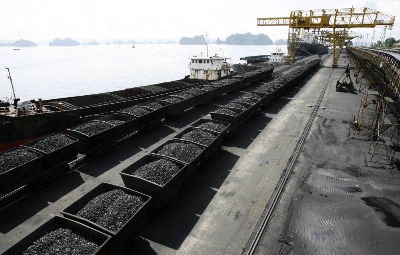Despite its pledge to achieve net-zero emissions by 2050, Japan is trying to maintain its influence in the international liquefied natural gas (LNG) market, especially in Asia.
This makes it impossible for Japanese companies to achieve net zero and potentially jeopardizes decarbonization goals throughout the continent.
Japan’s largest gas utility, Tokyo Gas, recently announced a roadmap for achieving carbon neutrality in its business operations by midcentury. The plan involves interim targets to reduce greenhouse gas emissions by 60% by 2040 compared with 2022 levels, largely by deploying renewables and replacing LNG, a fossil fuel, with cleaner substitutes.





















With your current subscription plan you can comment on stories. However, before writing your first comment, please create a display name in the Profile section of your subscriber account page.